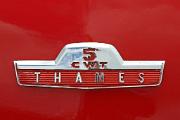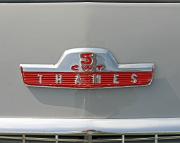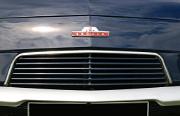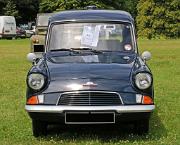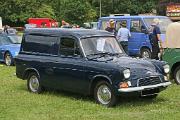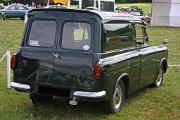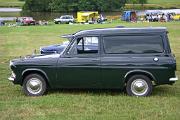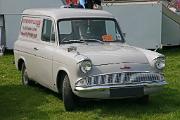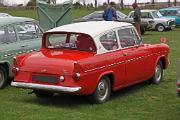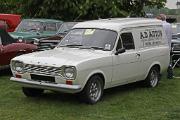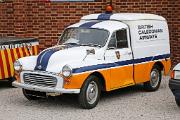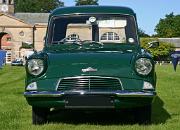
Ford Thames 307E 5cwt Van. The 5cwt Van was trimmed down to the same level as the Anglia standard, with painted grille.
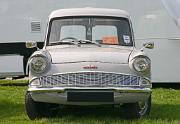
Ford Thames 309E 1965 5cwt Van. From 1962 both the 5cwt and 7cwt were offered with the optional 1,198cc engine (fitted here) and designated '309E'
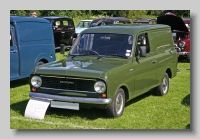
Bedford HA 10cwt Van. By 1981 the HA Van had been uprated to 10cwt and given the 1256cc engine of the Chevette.
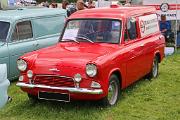
Ford 305E Thames 5cwt 1961 Van. The 5cwt Van had the simple painted 6-bar grille from the Ford Anglia basic.
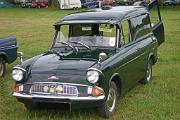
Ford Anglia 307E 1967 7cwt Van. In 1961 5cwt (305E) and 7cwt (307E) Van versions of the 105E Anglia saloon became available, using 40 or 35bhp versions of the 997cc engine. From 1965 the 'Thames' name was dropped and 'Anglia' was used.
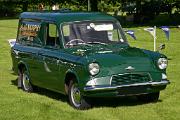
Ford Thames 307E 5cwt Van. The 5cwt Van had a low compression version of the 997cc ohv engine, whereas the 7cwt had a high compression engine. 205,000 Vans were built between 1961 and 1967.
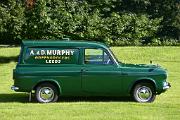
Ford Thames 307E 5cwt Van. Based on the 997cc ohv Ford Anglia 105E, the Ford Thames 307E Van shared the 105E front bodywork but had a taller windscreen.
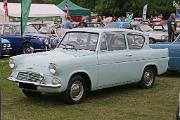
Ford Anglia 1961 Standard. The 'Standard' model had the small front grille set into a painted panel, whereas the Deluxe had a full width grille. The 105E was designed in Britain at Birmingham, but it is believed that Elwood Engel was working there at the time and gave it the reverse rake rear window to improve rear headroom.
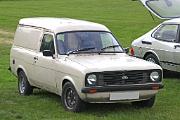
Ford Escort 45 Van. The MkII Escort Vans were given new Escort MkII bonnets, grilles and front wings, but kept the doors and main panelling from the MkI
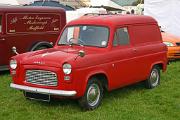
Ford Thames 300E 1959 5cwt. The cheaper 5cwt van was trimmed down to the level of the Ford Anglia 100E
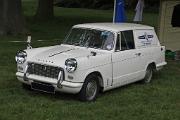
Triumph Courier Van. As with all Herald derivatives, the body was by Giovanni Michelotti, and the bonnet hinged over the front over-riders
All images and content of this site is the copyright of Simon GP Geoghegan
